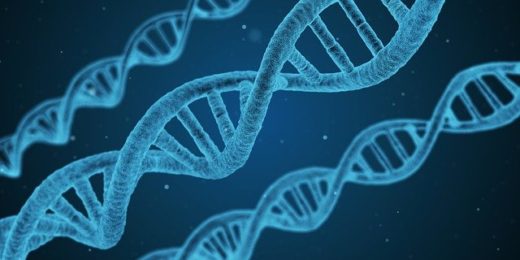Science and Health
Researchers identify new form of DNA in living cells


 Business1 week ago
Business1 week agoPresident Tinubu, Minister Wale Edun and Nigeria’s Fiscal Profile: The Truth and the Lies

 Business1 week ago
Business1 week agoControversy trails Dangote Refinery as stakeholders Allege systemic pushback against local investment

 Latest2 days ago
Latest2 days agoNigeria’s kidnap-for-ransom industry nets N2.57bn in one year

 Business1 week ago
Business1 week agoSAGLEV clinches 2025 Nigeria EV Brand of the Year Award

 Business1 week ago
Business1 week agoOtedola deepens grip on FirstHoldCo with Fresh N14.8bn Share Purchase

 Business1 week ago
Business1 week agoBudgIT faults Tinubu over 2026 budget presentation, cites missing 2025 performance report

 Politics1 week ago
Politics1 week agoFEC approves N58.4 7trn for 2026 budget proposal

 Latest4 days ago
Latest4 days agoU.S. to enforce partial visa suspension on Nigeria, 18 other countries from January 2026






